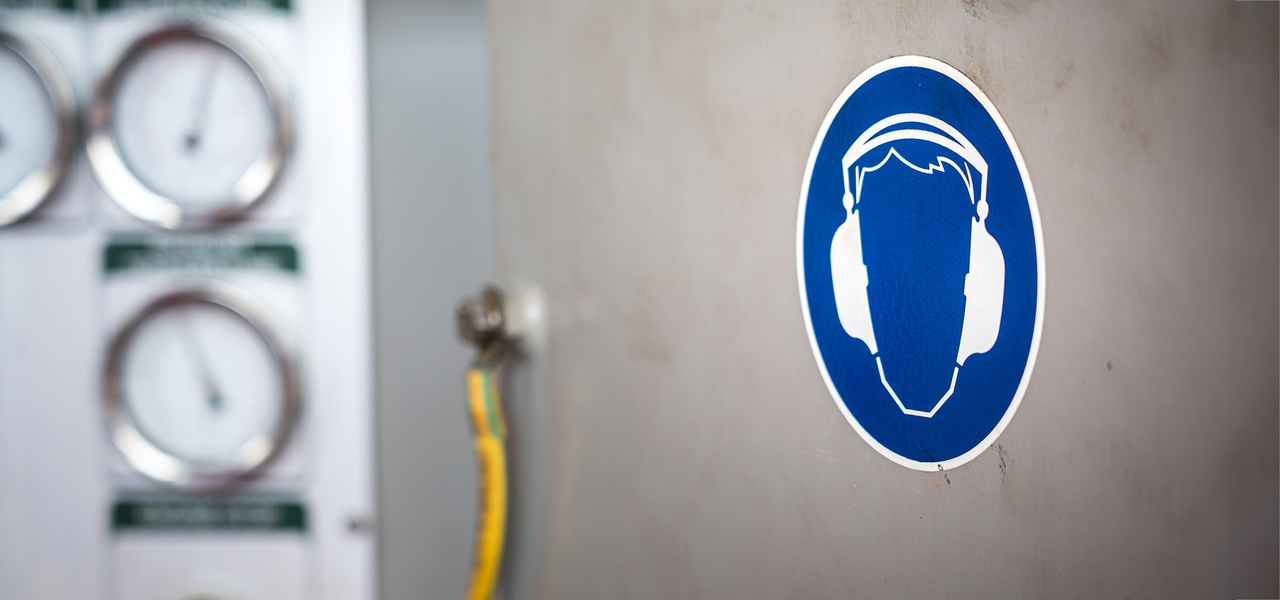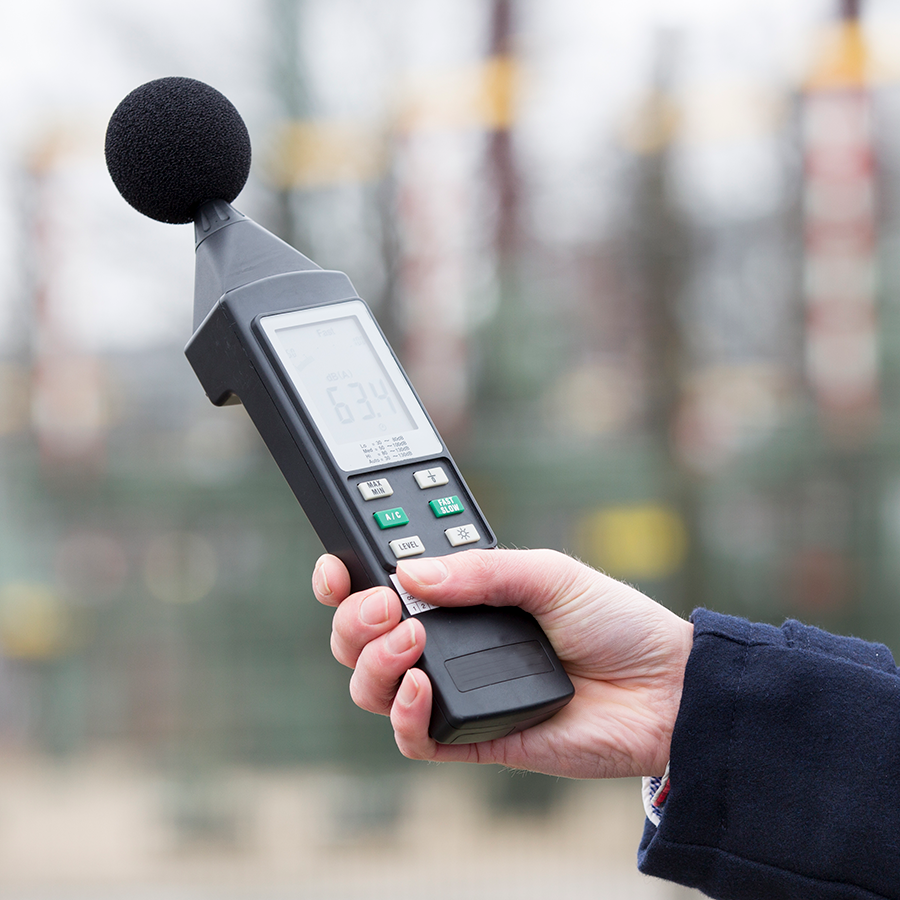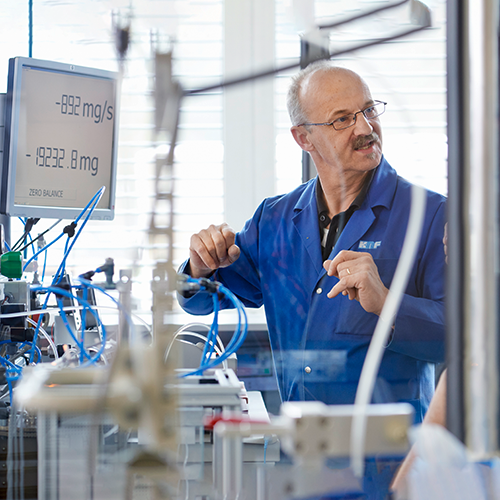
System and Operational Changes for a Quiet Diaphragm Pump
Various aspects of pump integration and system design can help quiet diaphragm pumps. If a low noise level is critical, these measures should always be considered. In addition, there are several measures to make diaphragm pumps quieter during the pump customization phase.
Cover It Up!
One of the more obvious ways to quiet a diaphragm pump is to cover it. The materials surrounding a pump can be both a source and a silencer of noise. Some can actually amplify or transmit noise rather than reduce it. Placing more material around the pump allows for a greater potential to absorb or deflect noise. Heavier and thicker materials can act as harmonic absorbers, reducing unwanted noise. Using a material like rubber can help absorb vibration and reduce noise. However, it is important to note that enclosing the motor in sound-absorbing material is likely to increase the motor temperature.
Pump Location is Key for A Quiet Diaphragm Pump
Proper pump placement and mounting within a system is also important for noise reduction. Isolating pump- and motor-generated vibration from the system will help reduce the potential for additional noise from environmental factors. Ensuring that the pump is properly mounted will also help keep it out of contact with noise-amplifying surfaces within the system.
The Mounting Surface Matters
The surface on which a pump is mounted can be a significant source of noise. Vibrations coming from an otherwise quiet diaphragm pump may be amplified or cause additional noise if the pump is placed on a resonant surface. For this reason, pumps should not be mounted on the outer shell or cover of a piece of equipment. Also, mounting it to thicker and more substantial materials can help reduce noise and vibration. The best way to prevent this noise is to isolate the pump as much as possible and to mount it properly.
Tubing Can Cause Noise …
The tubing connected to the pump inlets and outlets can have a significant effect on noise levels. Various factors can impact the noise generated by tubing, including the material it is made of, its length, and its inside diameter. Vibration from the pump and media flowing to and from the inlets and outlets can also cause the tubing to shake, creating noise when the tubing strikes or vibrates against other system components or its casing.
… Or Help Quiet Diaphragm Pumps
Tubing can also be used to reduce the level of noise. It can be added to the outlet or inlet side of a vacuum pump to reduce noise. Longer tubing and softer materials tend to be more effective at absorbing noise, but this is not always the case. Heavier, more rigid tubing tends to vibrate less in applications where vibration is an issue. Using tubing to reduce noise also has its challenges. Tubing that is too long or too small in diameter will negatively affect the pump's flow performance. In some applications, adding tubing can make a pump louder.
Continuous Pumping Means Less Noise
Changing the way the pump operates can also reduce noise. For example, load change is a common source of pump noise that can be difficult to avoid. It occurs when a pump is required to change from one mode of operation to another. For example, a pump operating at low pressure and then switching to high pressure will experience a drastic change in load and must adjust to compensate. This is likely to cause additional noise from the sudden change in flow and performance. The best way to prevent this noise is to avoid the conditions in which the load change occurs. However, this is not always possible. Reducing motor speed is one option, and different muffler and tubing configurations can help. In some applications, running a larger pump at a lower speed is a viable option for achieving a quiet diaphragm pump.
Be Aware of Potential Trade-offs
Not all of the options presented are available for every pump and motor. This is true for both system and operational noise reduction measures and for pump customization measures. Sometimes these changes come at a cost. Sometimes the cost is financial. Other times, the cost is in pump performance. This is why it is so important to plan and determine how important noise reduction is to an application.
Testing is Critical for Achieving a Quiet Diaphragm Pump
Any modification made to a pump to reduce noise will likely require some compromise in performance or financial cost. In some applications, noise reduction may not be worth the potential loss of performance. Because so many factors can contribute to noise generation, there are several approaches to noise reduction. All of the approaches presented in this and the previous blog post, and the implications of their application, must be considered. Even with a detailed custom design, testing a pump under real-world conditions is critical to truly determining its noise performance.
Is pump noise a problem for you? Discuss the best solution with our experts!
75 Years: KNF Celebrates Company Anniversary
A treasure chest filled with memories, facts and stories. Learn more about KNF’s company history.




